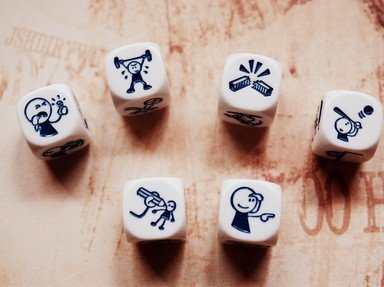Quiz Answer Key and Fun Facts
1. The cover story of this issue concerned whether or not babies have an inborn sense of morality or if morality is something people learn. According to the article, which of these behaviors has NOT been documented as a natural tendency for infants and/or toddlers?
2. One Smithsonian-held artifact profiled in this issue is the inkwell that Abraham Lincoln used to draft an important document through 1862. What document, which went into effect on January 1, 1863, was this?
3. Smithsonian writer Helen Fields contributes an article on how developing red-eyed tree frog embryos demonstrate phenotypal plasticity. What is phenotypal plasticity?
4. A feature story by Joshua Hammer celebrates efforts to improve the quality of life in the infamously violent slums of a major metropolis. What is this Olympic host city whose gang warfare was dramatized in the film 'City of God'?
5. In 1955, Las Vegas saw its first interracial casino hotel open. After what Parisian institution was it named?
6. According to an article by Brian Switek, scientists working in China's fossil-laden Jiulongshan Formation have reproduced the song of extinct Jurassic species 'Archaboilus musicus' by digital analysis of extremely well-preserved fossils. What kind of animal was 'Archaboilus musicus'?
7. Nobel laureate Paul Crutzen and a growing number of followers are pushing for official recognition of a new geologic epoch. Though most earth scientists agree that we still live in the Holocene period, which began 11,700 years ago, these dissenters argue that recent human impact on the environment have pushed the planet into a new geologic timeframe. What is their name for this new epoch?
8. In the mountain village of Shingo, Japan, there is a grave that receives about 20,000 visitors every year. According to local tradition, what unlikely figure is buried there?
9. According to correspondent Claudia Kalb, German scientist Till Roenneberg has inferred a connection between what he calls "social jet lag" (i.e., chronically getting less sleep than one needs, especially when varying sleep times between workdays and weekends) and what medical condition?
10. Smithsonian national correspondent Ron Rosenbaum includes his interview with Jaron Lanier, one of the great developers of modern internet technology and culture. In recent years, Lanier has been increasingly critical of the free information culture he helped create. Which of these is NOT a problem Lanier sees with the internet?
Source: Author
stuthehistoryguy
This quiz was reviewed by FunTrivia editor
Pagiedamon before going online.
Any errors found in FunTrivia content are routinely corrected through our feedback system.


